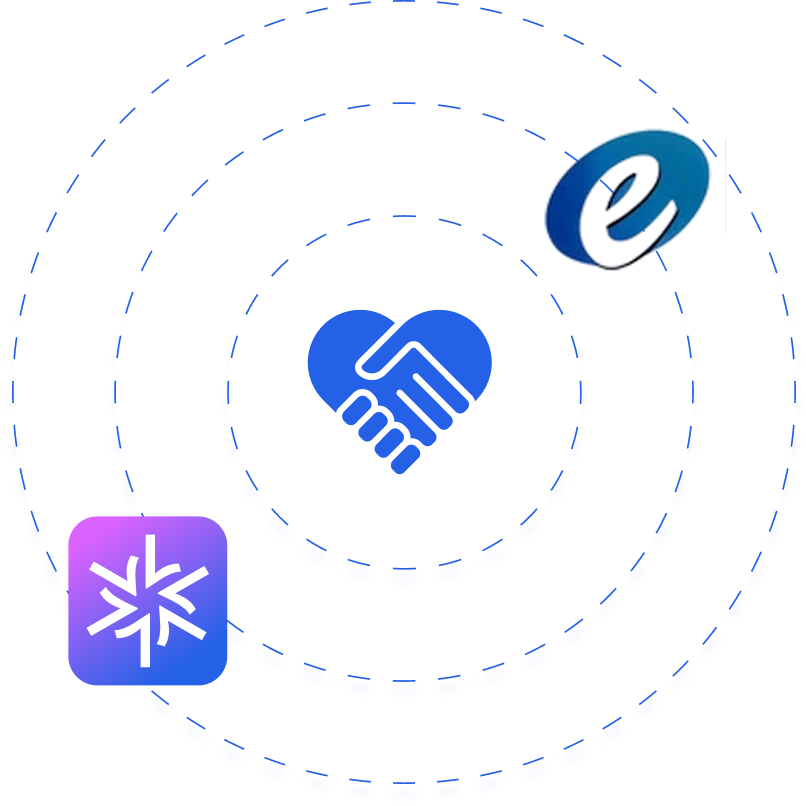The Challenge
Pumori Core Banking, a legacy system, was originally designed for a branch-first world where transactions were performed by tellers and ATMs. With the rapid rise of Mobile Banking, Internet Banking, and digital-first strategies, the system struggled to keep pace with modern demands.
Key issues faced:
- Limited digital readiness: The core was not API-first and could not directly support mobile and internet applications.
- High latency for frequently accessed data: Customer, account, and KYC queries placed heavy load on the system.
- ATM switch instability: Host-to-host communication for ATMs frequently failed due to thread starvation, requiring frequent server restarts.
- Middleware dependency: Banks relied on costly third-party middleware to bridge core and digital services.
- Lack of observability: Limited visibility into API usage, performance, and failures.
Our Solution
We partnered with banks using Pumori Core Banking to modernize their legacy system and enable a digital-first transformation.
- Online Data Store Integration: Introduced a high-performance caching layer for frequently accessed information (account details, customer profile, KYC data), reducing load on the core and ensuring faster response times.
- API-First Strategy: Built modern APIs to expose critical banking functions such as:
- Account opening
- Lending services
- KYC information retrieval
- Balance inquiry
- Account statements
- Stabilized Host-to-Host ATM Communication: Re-architected the ATM switch integration to eliminate thread starvation, enabling continuous uptime without frequent server restarts.
- Eliminated Third-Party Middleware: Direct API-driven integration removed dependency on external middleware, lowering cost and complexity.
- Observability Platform: Delivered a unified monitoring and observability layer to track API performance, system health, and transaction-level visibility.
Before vs After
| Aspect | Before Modernization | After With Our API Platform |
| System Design | Built for teller & ATM operations only | API-first design for mobile, internet & digital apps |
| Data Access | Core overloaded with repeated queries | Online Data Store caches frequently used info for faster access |
| ATM Switch Stability | Frequent restarts due to thread starvation | Stable host-to-host communication with no downtime |
| Middleware | Reliance on costly third-party middleware | Eliminated middleware, replaced with direct API integration |
| System Monitoring | Limited visibility into issues | Full observability platform with API and system-level monitoring |
| Time-to-Market for New Services | Weeks to months for service rollout | Rapid enablement of digital services through ready APIs |
The Results
With our modernization effort, banks running Pumori Core Banking achieved:
- Faster performance through online data caching for account and KYC information.
- Uninterrupted ATM operations, solving long-standing stability issues.
- Simplified architecture by removing third-party middleware.
- Operational visibility through an observability platform to monitor APIs and system health.
- Rapid deployment of digital services, powered by an API-first approach.
- Future readiness, with a scalable architecture to support open banking, fintech integrations, and evolving customer needs.
Conclusion
By modernizing Pumori Core Banking with our API Management Platform, Online Data Store, and Observability layer, we transformed a legacy teller-and-ATM-focused system into a digital-first, API-enabled core. This empowered banks to meet the demands of modern mobile and internet banking while reducing costs, improving stability, and ensuring transparency across their operations.


